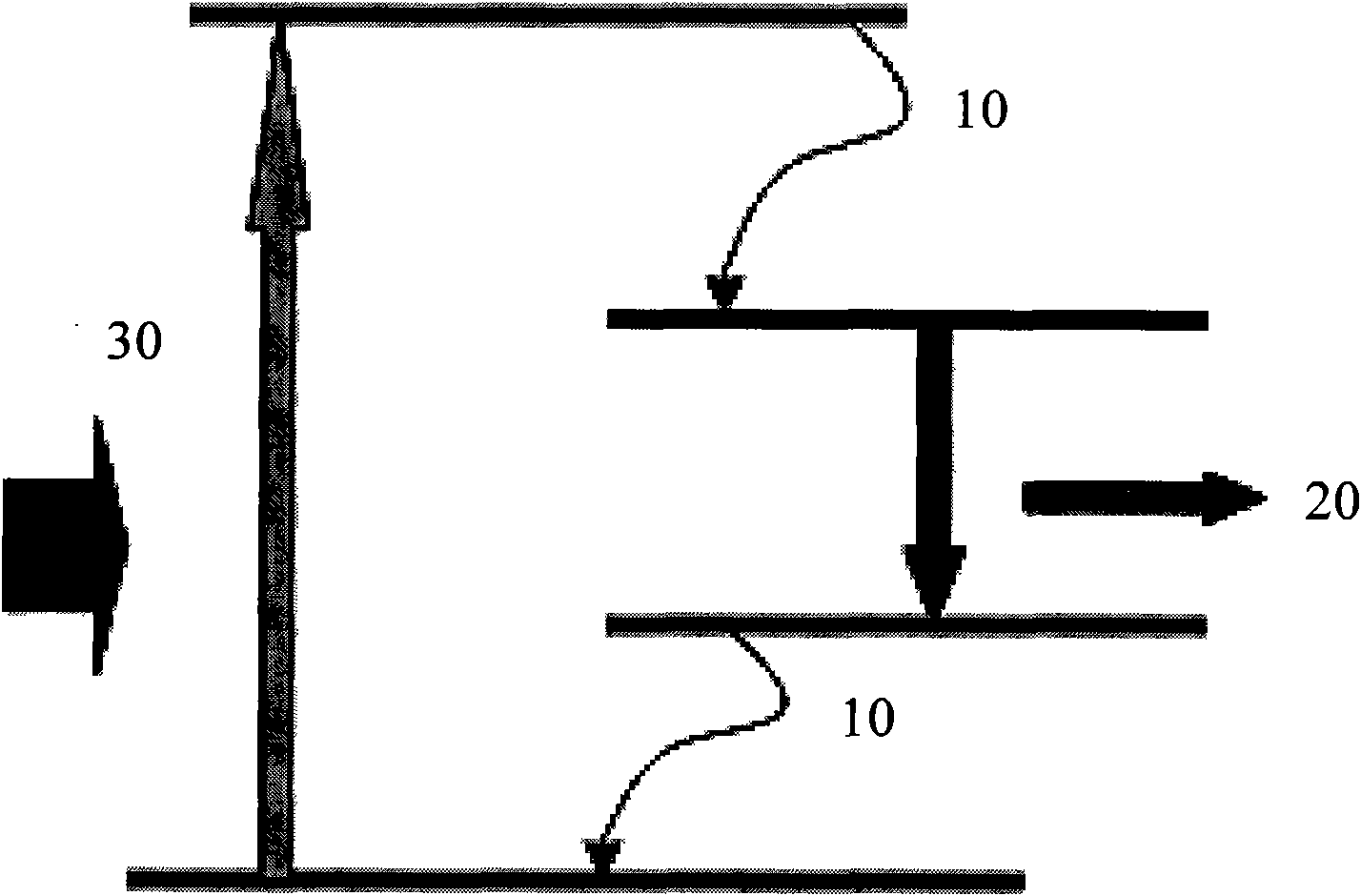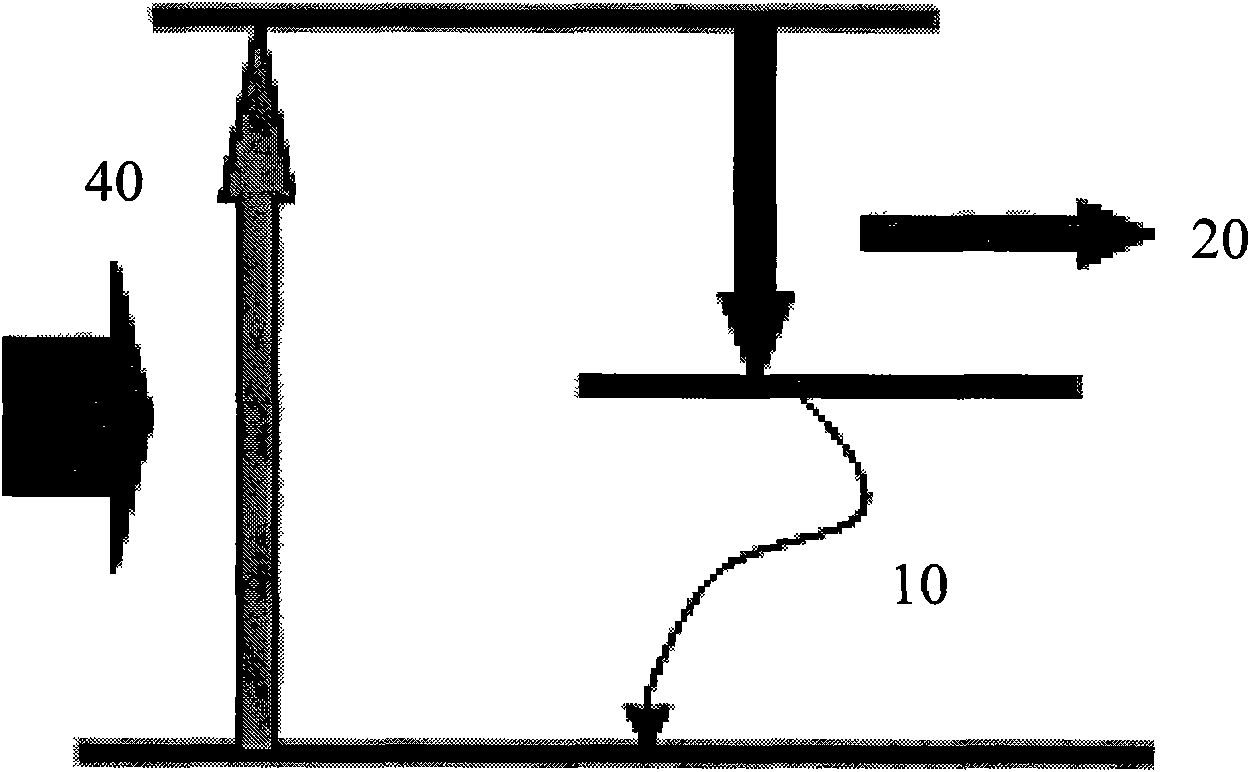Directly-pumping self-stimulated Raman scattering human eye safe waveband laser
A Raman scattering technology for the human eye and a safe band, applied in the field of lasers, can solve the problems of restricting applications, reducing heat generation, not very high, etc., to achieve the effect of reducing thermal effects and improving efficiency
- Summary
- Abstract
- Description
- Claims
- Application Information
AI Technical Summary
Problems solved by technology
Method used
Image
Examples
Embodiment Construction
[0015] The present invention will be described in further detail below in conjunction with the accompanying drawings and specific embodiments.
[0016] As shown in Figure 2(a) and Figure 2(b), the pump source 1 is used, and its center wavelength is 880nm, which can also be 885nm, 888nm, 914nm or 912nm, and the cooling method adopts circulating water cooling, or semiconductor refrigeration The laser pump source 1 works in continuous, modulated or pulsed mode. The temperature is set at 25°C, and the pump light is transmitted to the collimating and focusing system through the energy-transmitting optical fiber 2 with a diameter of 400 microns and a numerical aperture of 0.22. The collimating and focusing system consists of two plano-convex mirrors Composition, for convenience of description, is respectively defined as the first plano-convex mirror 3 and the second plano-convex mirror 4, the focal length is 25mm, and the 1:1 imaging system is formed by the first plano-convex mirror...
PUM
 Login to View More
Login to View More Abstract
Description
Claims
Application Information
 Login to View More
Login to View More - R&D
- Intellectual Property
- Life Sciences
- Materials
- Tech Scout
- Unparalleled Data Quality
- Higher Quality Content
- 60% Fewer Hallucinations
Browse by: Latest US Patents, China's latest patents, Technical Efficacy Thesaurus, Application Domain, Technology Topic, Popular Technical Reports.
© 2025 PatSnap. All rights reserved.Legal|Privacy policy|Modern Slavery Act Transparency Statement|Sitemap|About US| Contact US: help@patsnap.com



